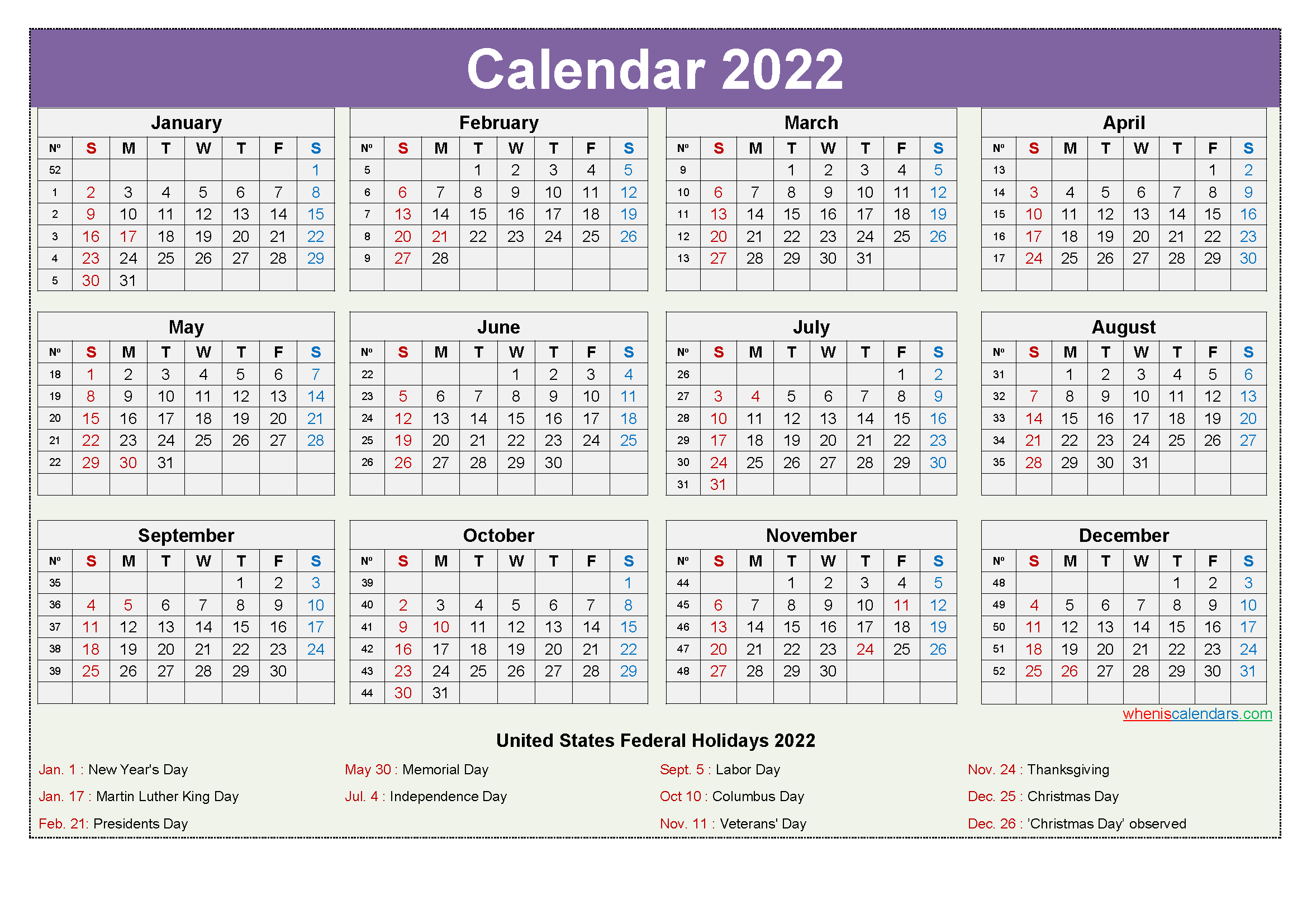
This would affect the calculation of Pell Grant awards, as explained in Chapter 3 of this volume.Īs discussed later in this chapter and in Chapter 5, the timing of disbursements and, for the Direct Loan Program, annual loan limit progression will be affected if a program is an academic year in length in credit or clock hours but not in weeks of instructional time, or for a program longer than an academic year in length, if a student’s completion of the credit or clock hours in the program’s academic year does not coincide with completion of the weeks of instructional time in the academic year. For example, a school might define the academic year for a program as containing 24 semester hours and 30 weeks of instructional time but have an academic calendar consisting of four 8-week nonstandard terms (i.e., 32 weeks of instructional time). In some instances, the defined academic year for a program may not coincide with the academic calendar of the school. The FSA academic year that a school defines for a program has to meet the regulatory minimums for both clock or credit hours AND weeks of instructional time, as described above. See Volume 2, Chapter 2 for more detail on the requirements for such programs.

This has been left to the reasonable interpretation of schools and their accrediting agencies.Īlthough most programs are at least one academic year in length, some eligible programs are shorter than an academic year. Note that the Department has not set a regulatory standard for the number of hours of instructional time that make up one day of instruction. Therefore, the weeks of instructional time may be less than the number of calendar weeks that elapse between the first day of classes and the last day of classes or examinations. Instructional time does not include scheduled breaks and activities not included in the definition of "academic engagement" (see Volume 5 for more information) or periods of orientation or counseling. For information on distance education and correspondence coursework, see Volume 2. This is in contrast to "synchronous coursework," in which students and their instructors are in communication at the same time. The term "asynchronous coursework" refers to coursework that students generally complete on their own schedule, at any time. Although a school may have different academic years for different programs, it must use the same academic year definition for all FSA awards for students enrolled in a particular program, and for all other FSA program purposes. Generally, to be considered enrolled in a particular program or version of a program, a student must be taking the majority of their coursework in that program. If a school establishes separate versions of a program, with different academic years, but allows individual students to take courses from both versions, it must be able to demonstrate in which program the student is actually enrolled.

The program’s academic year does not have to coincide with the school’s academic calendar.Ī school may treat two versions of the same academic program (day and night, for example) as separate programs and define different academic years for each version.


For FSA purposes, the academic year is defined in weeks of instructional time and credit or clock hours. In some cases, the definition must be different, such as in the case of a clock-hour program and a credit-hour program. For example, a school may choose to define the academic year for a term-based program differently from a non-term program. A school may have different academic years for different academic programs. Every eligible program must have a defined academic year.


 0 kommentar(er)
0 kommentar(er)
